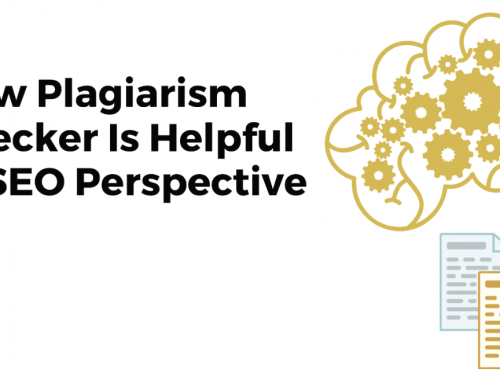Web design elements become more divisive the longer they stick around. This has become steadily clearer as we have watched numerous re-designs of familiar, well-trafficked sites and social media platforms.
Recently, Twitter changed the look and feel of its web designer for all desktop users. It’s not the first time they did so, and it surely won’t be the last. And by extension, it won’t be the last time users get up-in-arms over the loss of what was familiar.
The question that this brings to mind is: Do those users have any real basis for their outrage. Is there something about the older web design elements that were actually more aesthetically appealing or user-friendly? Or is this just an instance of nostalgia run amok?
As a web design and web marketing company, we should be well-qualified to answer that. And we’re inclined to say that there’s no real cause to be upset at this or most other redesigns. But we’re not so arrogant about our web design expertise that we’d expect you to accept that as gospel.
Maybe you’re one of the people who is frustrated by the changes that have come to Twitter or some other familiar platform. Maybe you think your feelings are well-founded. We’d be happy to hear about it if that’s the case. Maybe it’s even true that you’ve noticed something about the new version that went unnoticed by the web design team.
That can happen. And we don’t think you can trust a web design company that won’t acknowledge it. For any particular instance of web design, there’s a planning stage and a development process and a pre-launch test. But web design is just the starting point in an ongoing process of web development, and the reality is that there are some things that are only revealed over the long-term.
Of course, that speaks to the fact that there was probably a good reason for Twitter to make the changes it did. There are good reasons for many familiar platforms to transcend the familiar, and they usual involve the discovery of some new opportunity or some newly discovered flaw in the existing user experience. It’s rare that a website is perfect right at the point of launch, and even rarer that it remains perfect over the long term.
But to go back to what we said about not being arrogant, this is no reason to ignore user grievances when a web design team has changed something familiar and comfortable into something new and vaguely threatening. Sensitivity to those concerns is an important feature of a good web design company. But more often than not, that sensitivity just ends up revealing changes that will need to be made for the next redesign.
And more often than not, people will balk at those designs because they’re new, but will ultimately grow to love the vast majority of the new features.



Leave A Comment